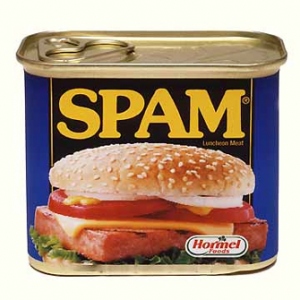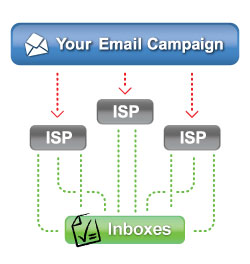SpamAssassin Rules and what they Mean for your Emails
April 30, 2009 Leave a Comment
For the past several years I have been following SpamAssassin’s rule set and I am always amazed by how many seemingly innocuous things (e.g. “Dear x”) can make perfectly harmless emails come under suspicion.
The vast majority of issues come from poorly coded/authenticated emails. This can either be the fault of the email’s designer (in the case of poor HTML) or the the platform (infrastructural issue). Some common HTML issues include:
- Too much code (in terms of your code to text ratio)
- Too little text (in terms of your text to image ratio) — you get penalized for being succint if you also use images
- Poorly written code (title set to “untitled”; unclosed tags, etc.) — apparently spammers cannot code well
- Larger or smaller than ordinary fonts — stick to something similar to 10-12pt
- “Shouting” — too many words in all caps; excessive use of red or blue font
- Hiding the unsubscribe text by making the font the same color as the background — a shady practice that would only result in spam complaints anyway

Here are a few highlights that I often see being violated that you would never think about from a SPAM perspective. It is interesting that what is often thought of as a best practice (explaining how/why someone was subscribed and how he or she could unsubscribe) must be worded carefully to avoid a penalty:
- Email contains ‘Dear (something)’ — so much for being friendly
- Claims you can be removed from the list
- Talks about how to be removed from mailings
- Removal phrase right before a link
It is humorous though quite sad that email has been somewhat ruined because of all of the bad apples who take advantage of unsuspecting inboxes. Twitter, unfortunately is likely to follow if unchecked.


